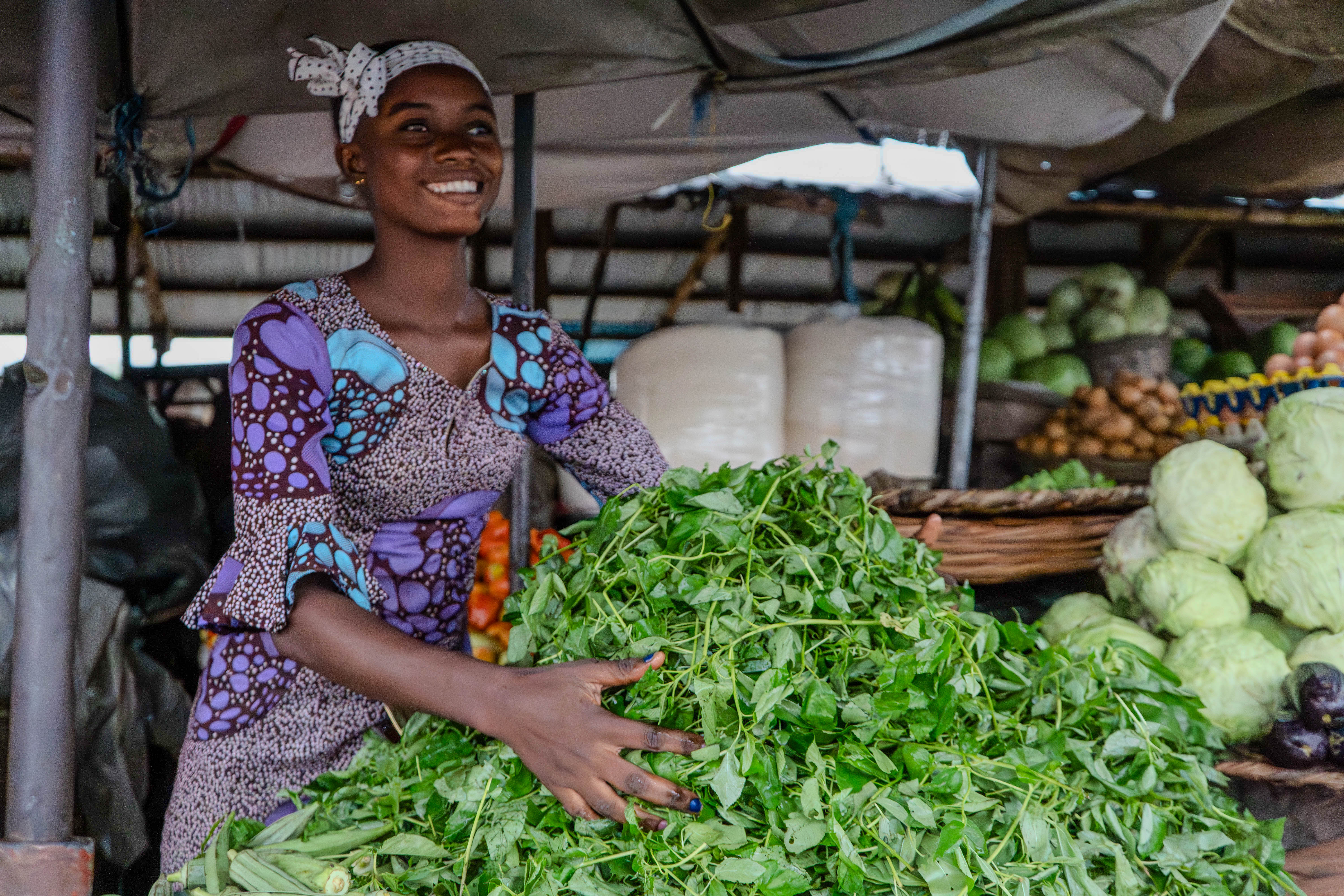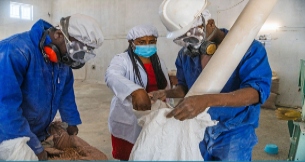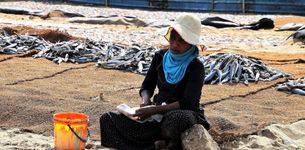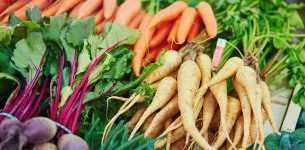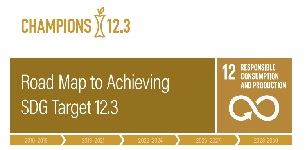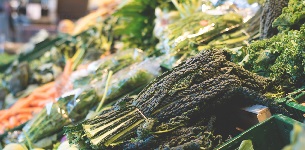This presentation highlights food loss and waste (FLW) reduction through community-based innovation in Costa Rica.
Other content with the tag "Food loss and waste".
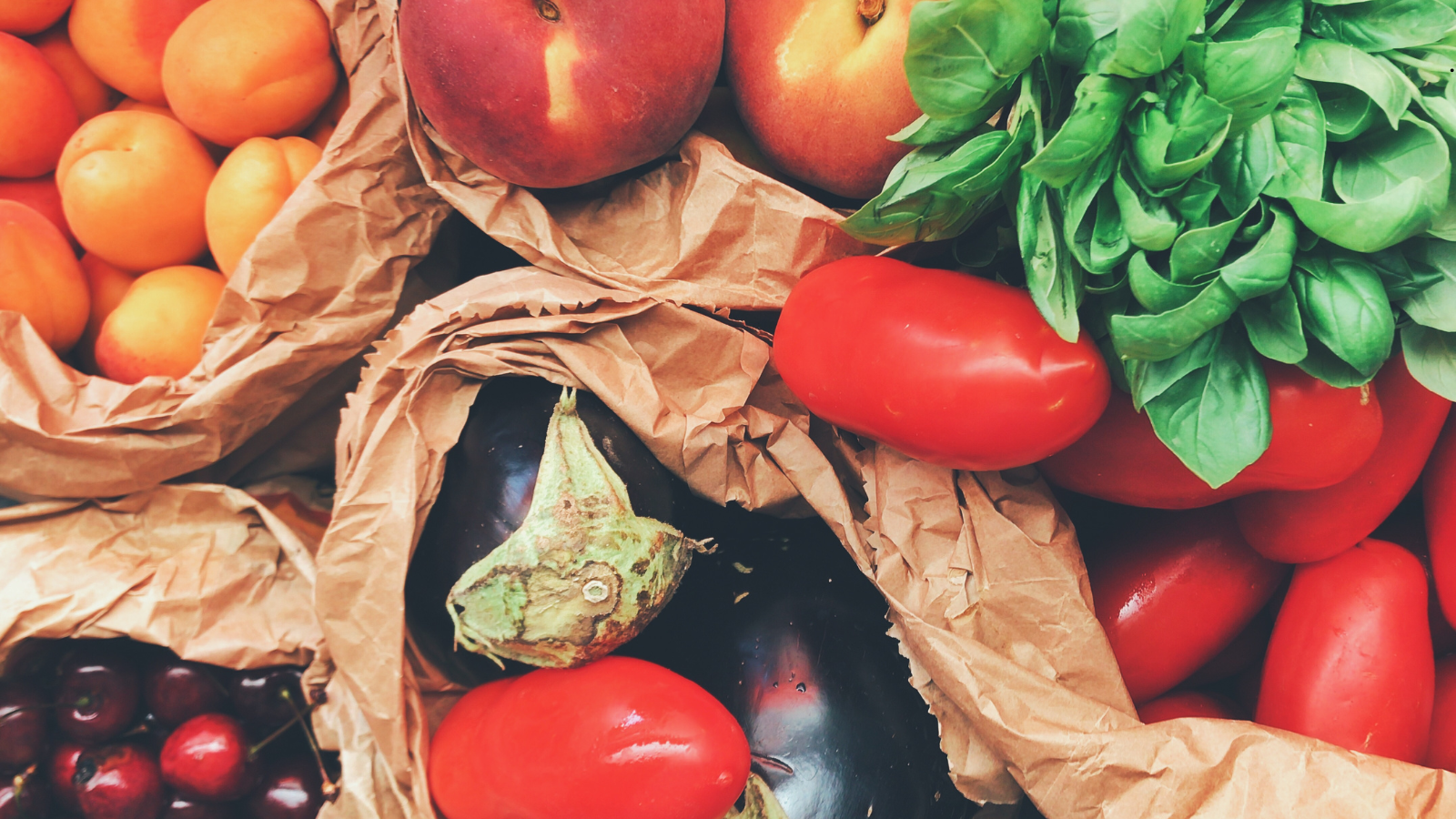
This FAO technical manual provides guidance for micro, small, and medium-sized food-processing enterprises (MSMEs) to reduce food loss and waste (F
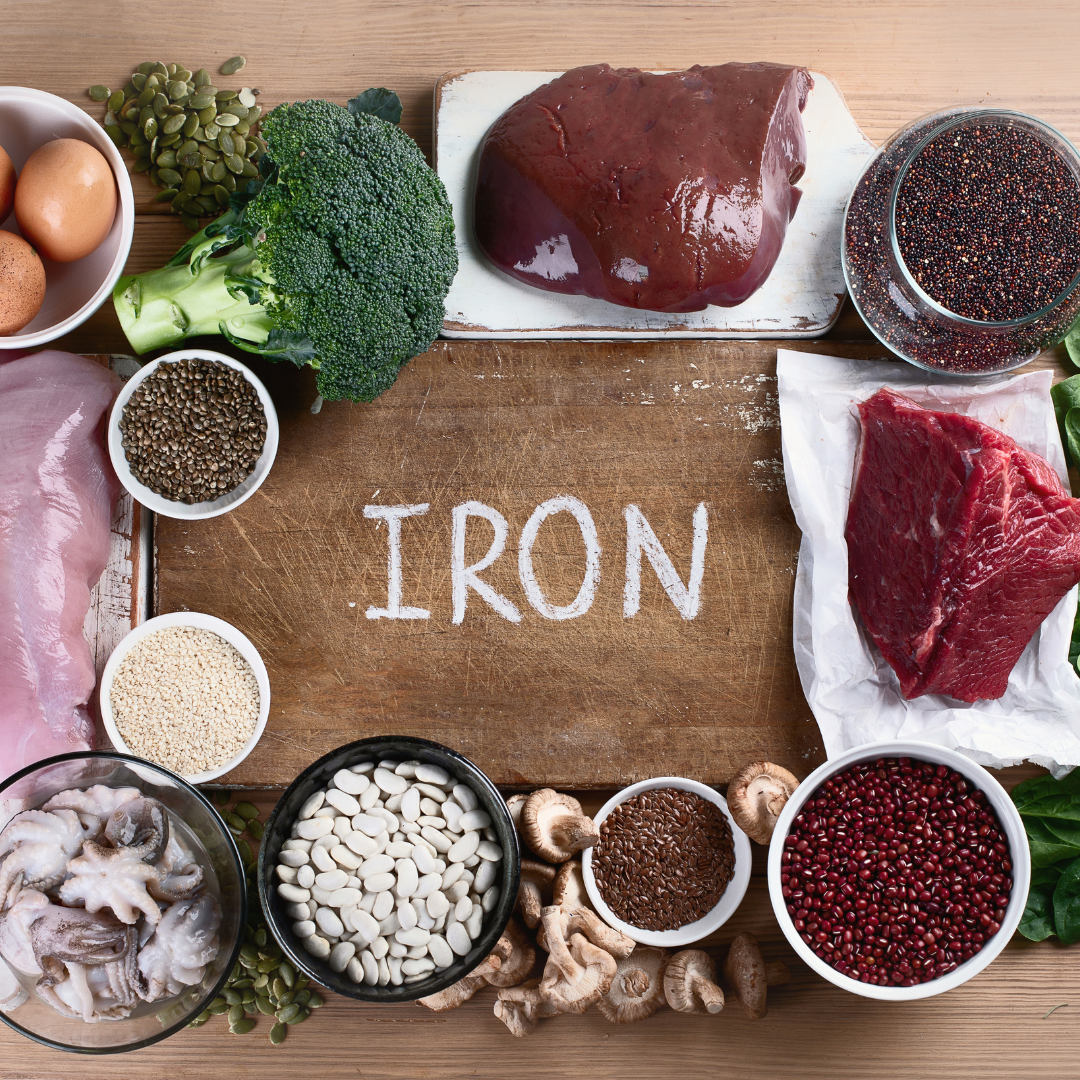
This study examines food loss and waste (FLAW) as a global issue with economic, environmental, and moral implications.
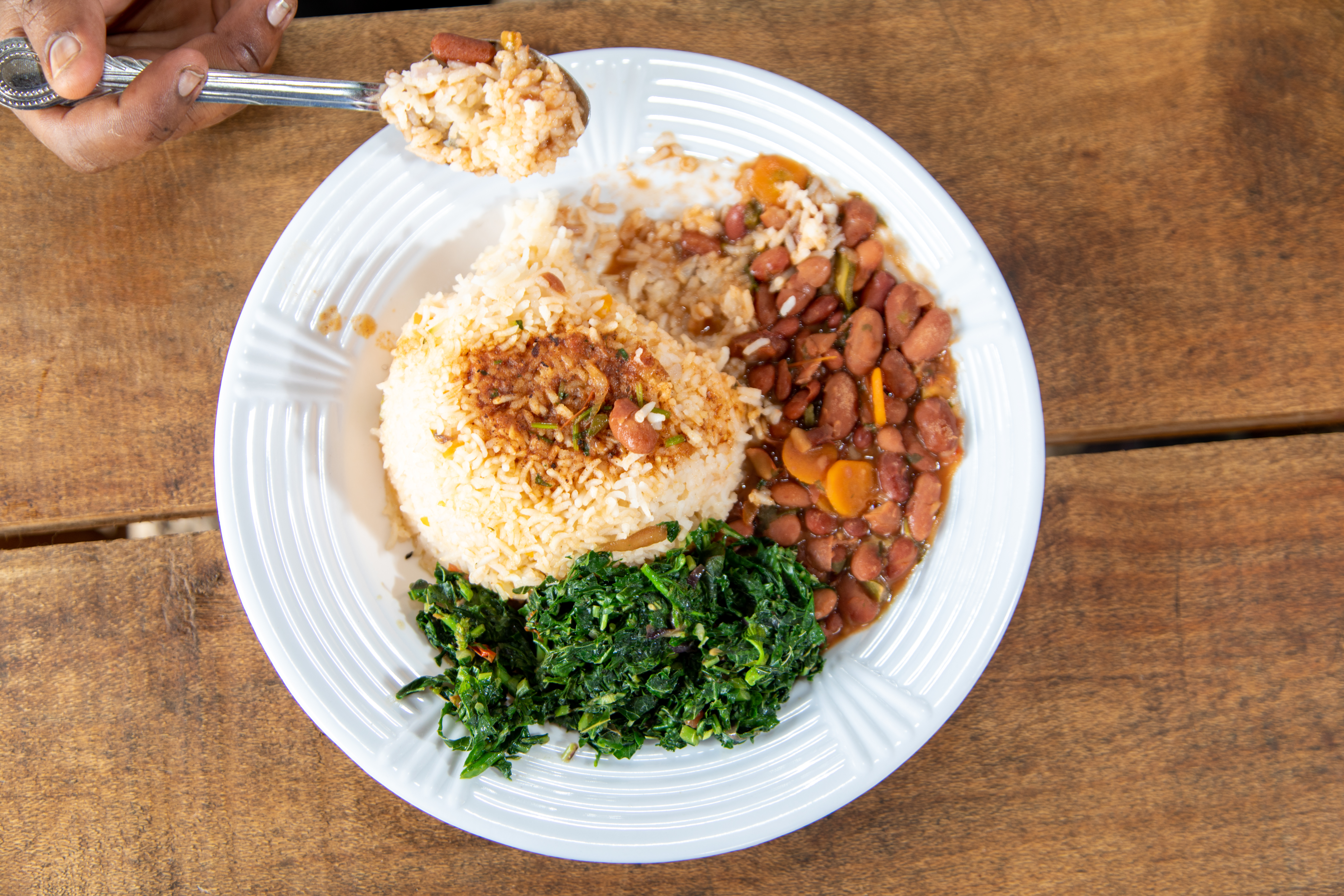
This report addresses Food Loss and Waste (FLW) in Indonesia, highlighting economic, environmental, and food security impacts.

This study develops a framework to quantify mass flow and assess food loss and waste (FLW) across the U.S.

Reducing post-harvest loss conserves resources such as natural, human, and financial inputs that help reduce poverty, raise househ

According to the data of the Ministry of Environment and Forestry (MoEF) of the Republic of Indonesia, in 2018, as much as 44% of waste generation

Surplus food redistribution can be a way to relieve co -existing food insecurity and food waste.

Reducing post-harvest loss is one promising way to make nutritious foods more available, accessible, and affordable - all while improving the envir
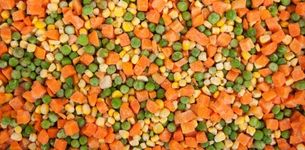
Of the total food produced for human consumption, an estimated 14 per cent is lost, and an estimated 17 per cent is wasted, costing the global eco

Redistributing surplus food that would otherwise be discarded represents a viable strategy both for increasing food access and for addressing clima

Chapter 6 in the latest UNEP Emissions Gap Report highlights the key issues

Driven to Waste: Global Food Loss on Farms, a report from WWF and Tesco, reveals an estimated 2.5 billion tonnes of food goes unea
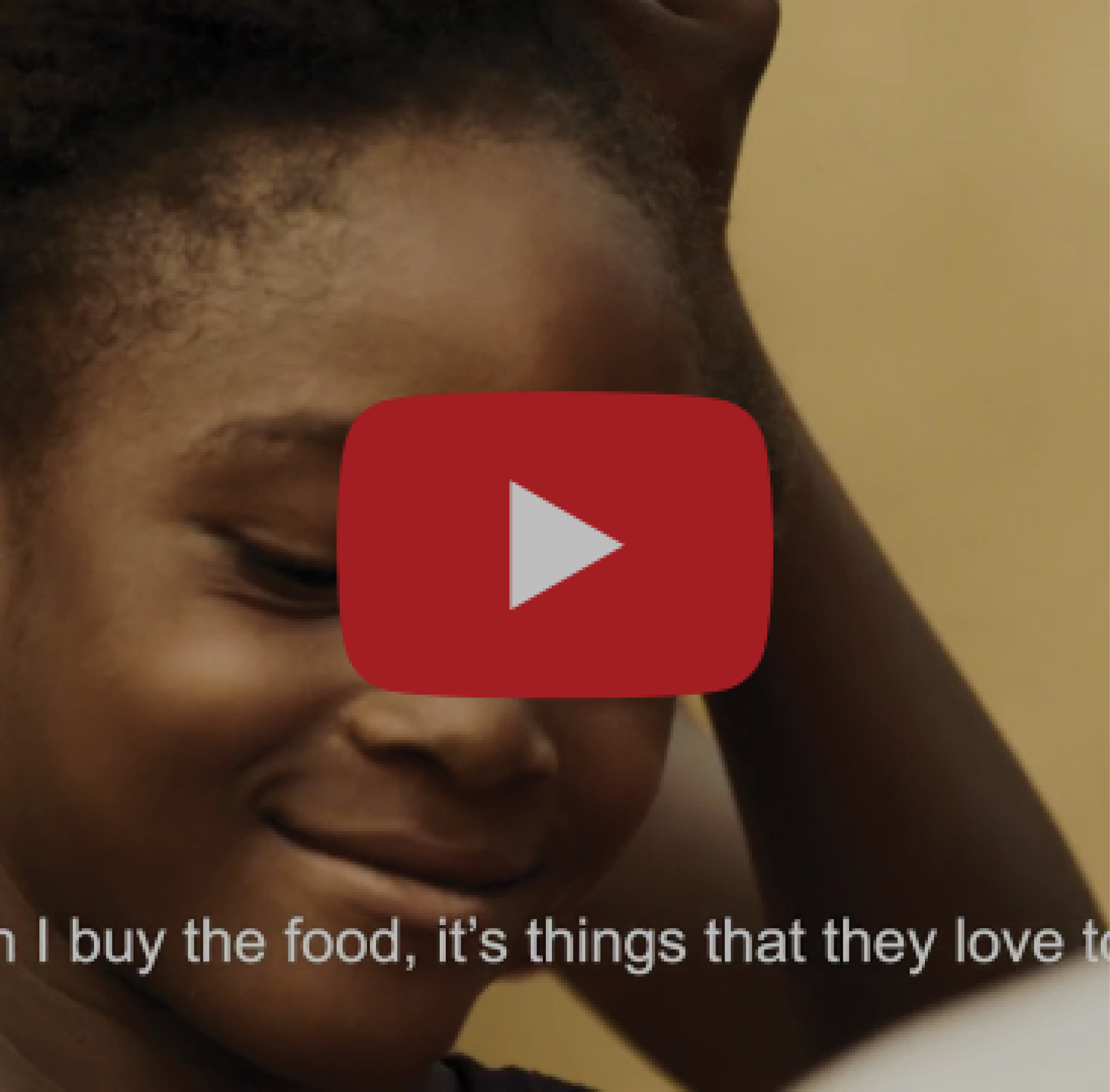
In this short yet compelling video, we see traditional markets through the eyes of both a consumer (Felicia) an
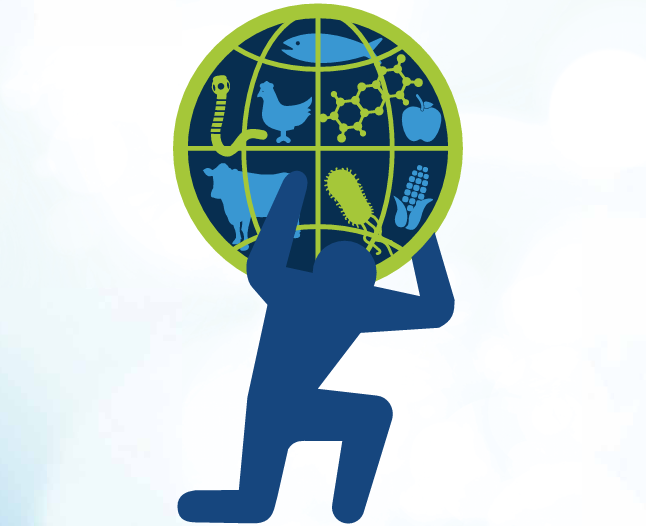
This report from the United Nations World Health Organization (WHO) summarises data from ten years of explorati
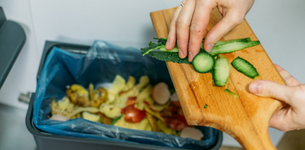
SDG Target 12.3 on Food Loss and Waste: 2021 Progress Report is the sixth in an annual series of publications providing an assessment of the world’
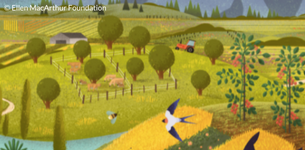
This report from the Ellen MacArthur Foundation, a leader in circular economy thinking, looks at redesigning food and food systems to be more natur

Between 2018 and 2021, GAIN conducted research and consultations to assess and improve business accountability in nutrition.
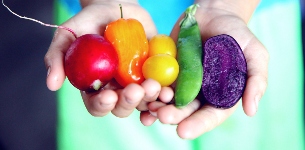
This article from Save on Energy explores the what, where, why and how of food waste in North America - as well as potential opportunities to turn
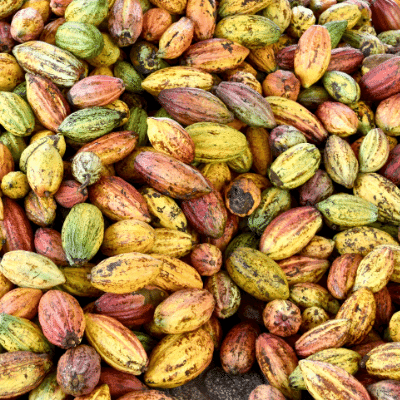
”Better Finance, Better Food” showcases over 50 new business models and financial solutions which are mobilising capital for sustainable food and l
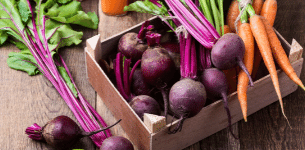
The Farmlink Project is a college student led nonprofit that recovers excess farmer produce and delivers it to communities in need.

Groups like the Borderlands Produce Rescue are recovering left over produce from private farms and distributing fresh, nutritious produce to commun
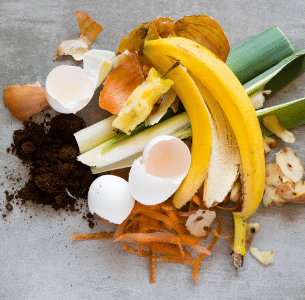
This is the fifth annual SDG 12.3 progress report to track and report on global progress towards achieving SDG 12.3 - to halve global food waste at

This paper from Chatham House does not deal explicitly with nutrition, but its findings have important implications for food systems across Latin A

The RTS Food waste in America in 2020 guide presents clear - and alarming - statistics on the amount of food that is wasted in the US each year, wh

“People are recognising that our global food system is harming the planet – and us,” says Dr. Richard Swannel, Director of WRAP.
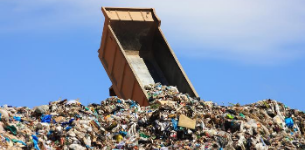
The pandemic is changing our eating habits and highlighting the necessity of better food waste and loss management.

Peer review evidence on why it does not always make sense for farmers to harvest crops.
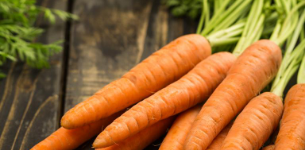
This tool helps you discover policies at U.S. federal and state levels determining food loss.

This report assesses U.S government plans to reduce food waste, giving an overview of targets and strategies.

Article by John Hopkins Centre for a Liveable Future calls for a giant leap to tackle food waste in cities.
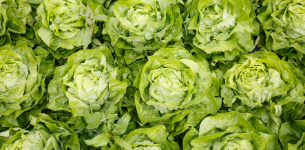
Three changes to the way the food business works can significantly reduce food waste and the burgeoning food insecurity:
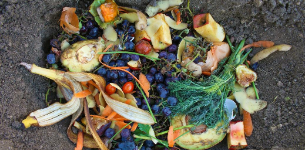
This short article by the World Economic Forum is a must read for public and private actors working in the food system.
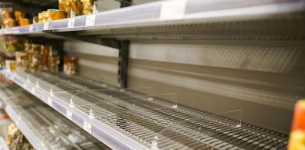
The Community of Practice on Food Loss Reduction has a handful of tools, podcasts, and readings on food loss in a COVID landscape.
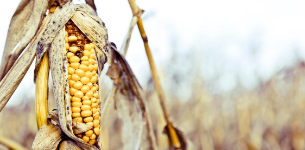
This report by Deloitte looks at solutions for post-harvest loss in Sub Sahara Africa, given that in this region of the world alone app
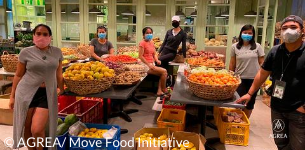
Food producers in Philippines are being hit hard by COVID-19. Every day, harvests are being wasted because markets are closed.
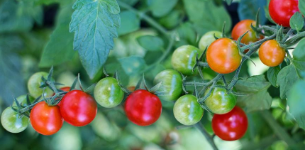
This short video (less than three minutes!) explains how supply chains can use technology to become dynamic and self-correcting.

The theme of the 2020 report from the UN Standing Committee on Nutrition (UNSCN) is Nutrition in a digital world. The articles, research a

This report highlights progress made towards achieving SDG Target 12.3: “By 2030, halve per capita global food waste at the retail and consumer

This new global report from the Food and Land Use Coalition (FOLU) proposes a reform agenda for food systems centred around ten critical transition

This report from the World Resources Institute (WRI) was produced in partnership with the World Bank, UN Environment Programme (UNEP), UN Developme

New study in the Lancet calculates historical and future availability of fruit and vegetables compared to the amount recommended by the World Healt

The 44th edition of the UNSCN Nutrition - Food environments: Where people meet the food system - looks at how food environments influence

In 2018, FReSH hosted Science to Solutions Dialogues (SSD) between
Fixing food 2018: best practices towards the Sustainable Development Goals investigates best practices in food sustainability across the w
Developed by The Economist Intelligence Unit and the Barilla Center for Food & Nutrition, the Food Sustainability Index ranks 67 countries base

The International Agri-Food Network brings together thousands of international companies and national associations under the umbrella of fourteen i
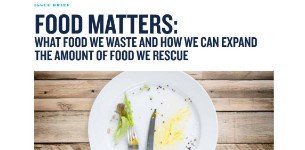
This brief from the US Natural Resources Defense Council (NRDC) brings together learnings from two studies they conducted with support from the Roc
The growing power of supermarkets comes at a cost.
Two page briefing by IBM looking at the causes of supply chain inefficiencies.
Irresponsible resource management does not make business sense – a truism that Kavita Prakash-Mani and Joao Campari at WWF call out in this blog.

This collection of news stories highlights some of the biggest challenges facing our food systems, and how policy and innovation can come together

The Safe Food Imperative argues that much of the health and economic burden of unsafe food can be avoided through preventive measures, investments,

The Committee on World Food Security is a collaboration of international agencies, civil society, and the private sector focusing on policy issues
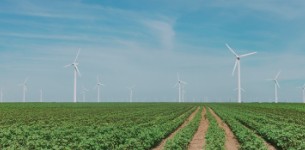
In this video, watch the forum discussion with Harvard professor and lead author of the EAT Lancet commission on healthy diets, restauranteur, and

Leading experts and co-chairs of the EAT-Lancet Commission, Prof Walter Willett and Prof.

Between now and 2050, changes in global population and income levels will have huge implications for the global food system.
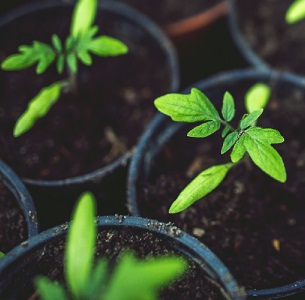
Each year, the Global Nutrition Report provides a snapshot of the state of malnutrition.
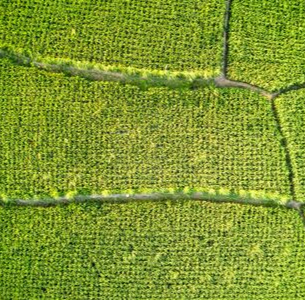
This landmark paper does not only make recommendations, it shows what can be done with the global resources we have and are likely to have in the f
A helpful review of Options for keeping the food system within environmental limits

This report offers great insight into the important role of city-level action in driving food system change.
Technical report from the Sustainable Development Solutions Network on the Post-2015 Development Agenda.
Unilever’s Paul Polman is a Champion 12.3 – part of a global coalition to accelerate action to achieve UN Sustainable Development Goal 12.3 to half
It is far too easy to read expiration dates and food labels and err on the side of caution.
How can the world feed 9 billion people by 2050? This is the central question in a report by the World Resources Institute.

What happens if you put tech-savvy entrepreneurs on a mission to stop food loss and waste with artificial intelligence?

This report analyses fourteen projects in low and middle income countries working on reducing food loss and waste in food systems.

This blog by Brian Lipinski at the World Resources Institutes draws attention to a new international day: 28 April - Stop Food Waste Day.

For a compilation of statistics and infographics on global food loss and waste look no further!
SNV is a team of advisers that work with business, governments, and implementing agencies.

This briefing by the Food and Agriculture Organization of the United Nations (FAO) gives an overview of The Save Food Initiative, launched in 2011.
This presentation is the outcome of a high level policy dialogue in 2015 by the Asia-Pacific Economic Cooperation.
This article by a non-profit called Concordia makes the simple argument that food insecurity and loss can only be addressed by increased collaborat
This document summarises the important features of the Food Loss and Waste Accounting and Reporting Standard, including the rationale, steps that s

Recommendations from the Global Panel on Agriculture and Food Systems are targeted at policy makers in low- and middle-income countries
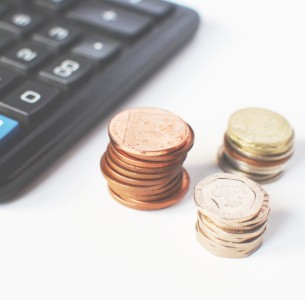
Innovation has led to the world’s first food loss and waste calculator that instantly estimates the value of food loss and waste in terms of the nu

This US-based alliance brings together innovators and entrepreneurs, foundations and investors, cities and governments, corporates and NGOs, and re
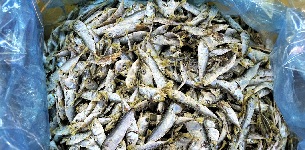
An excellent example of public private engagement, FAO and
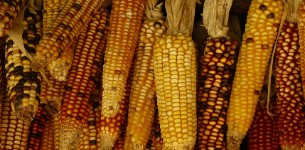
The Food and Agriculture Organization has produced a short video to show that food loss and food waste is not just a developing country issue.
A brief ‘how to’ of daily habits that can help consumers reduce food loss and waste.
This report looks at supply chain waste based on Feedback's research on export supply chains in Peru, Senegal, South Africa, the UK and a major Eur
Tesco CEO, and chair of Champions 12.3, Dave Lewis, discusses what a target can do to help food waste in this special blog for The Grocer.

The Food Waste Atlas tracks the world’s food loss and waste across the entire food system.
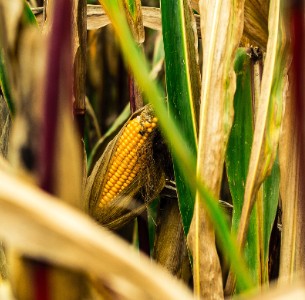
This is the third annual progress report on behalf of Champions 12.3, a coalition of executives from governments, businesses, international organiz
